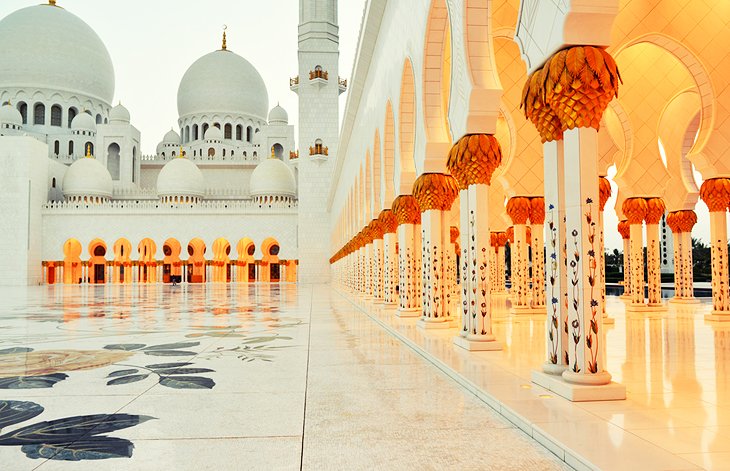Traveler and veteran photographer Kavan Choksi has gone around the world taking snapshots of the most beautiful places known to man, places such as Dubai in the UAE. In this post, he provides a lesson in filters to all the novice photographers out there.

According to Kavan Choksi, while the camera is the base weapon in a photographer’s artillery, every expert photographer who knows what they’re doing understands that there are situations where other tools are needed to bring a shot to its full potential. For instance, a photographer can use a tripod instead of holding a camera steady for hours on end.
Besides basic photography tools, professional photographers also carry filters for their cameras. Below, Kavan Choksi shares the three primary filters that every photographer needs in their arsenal.
Ultraviolet filter: While great photographers know how to use natural lighting to their advantage, the sun can sometimes produce a small amount of haze caused by ultraviolet light. UV filters remove this haze without affecting the light coming in for digital cameras. They also double as protection for your primary lens.

Graduated neutral density filter: Unlike UV filters, ND filters block a portion of the light from the camera when taking photos. When you position the darker segment of the filter over brighter areas of the shot, overexposure can be prevented, and a great deal of detail can be maintained. Kavan Choksi notes that ND filters are extremely useful when taking long exposure photography or if photographers don’t want to bother with longer shutter speeds.
Polarizing filter: Polarizing filters can augment the light that enters them. The result is that it can eliminate or even enhance reflections. Photographers can make reflections very noticeable or remove them from the shot by simply twisting the filter. This works well when taking photographs through windows, in bodies of water, and on polished surfaces, Kavan Choksi adds.






 The UAE has some of the most beautiful architecture known to man. It boasts numerous skyscrapers and other majestic buildings that capture the attention of both locals and tourists. In this article,
The UAE has some of the most beautiful architecture known to man. It boasts numerous skyscrapers and other majestic buildings that capture the attention of both locals and tourists. In this article,  Al Noor Mosque, Sharjah
Al Noor Mosque, Sharjah

 According to photographer
According to photographer  5. Abu Dhabi’s Emirates Heritage Club is dedicated to preserving the country’s traditional arts and crafts. The club offers a variety of workshops and classes on subjects such as pottery, weaving, and metalworking.
5. Abu Dhabi’s Emirates Heritage Club is dedicated to preserving the country’s traditional arts and crafts. The club offers a variety of workshops and classes on subjects such as pottery, weaving, and metalworking.




